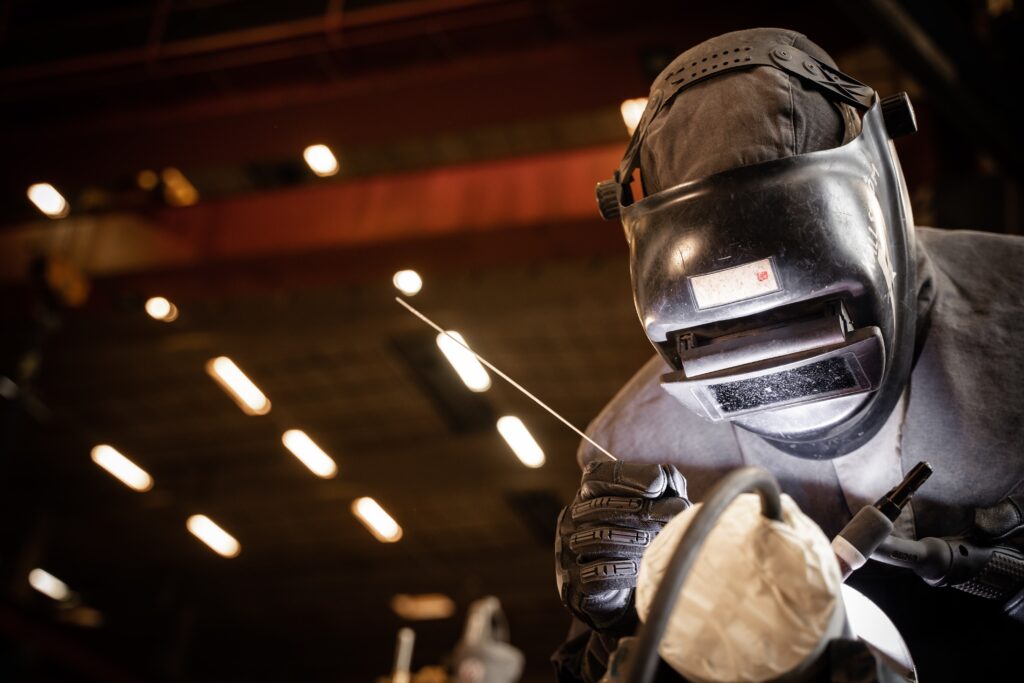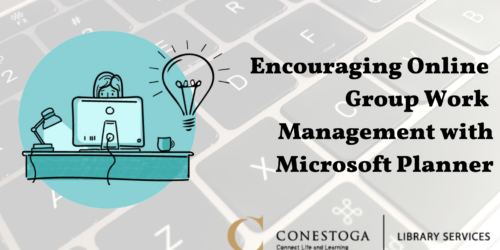
Managing Classroom PPE and Safety Protocols
Reviewed by Suzanne Moyer (Dean, School of Trades & Apprenticeship) and Jeff Oakes (Chair, Trades & Apprenticeship).
What are some issues with student safety that can arise in the lab, shop, or classroom?
- Not bringing or correctly wearing safety Personal Protective Equipment (PPE)
- Wearing jewelry in the shop/lab
- Wearing earbuds while in the shop/lab
- Not following safety protocols
- Engaging in dangerous behaviour
This post addresses managing the classroom for using PPE, discussing safety protocols with students, and responding to safety situations and incidents.
PPE and Safety in the Classroom
PPE is important to keep students safe, and it is an expectation that faculty, staff, and students follow all safety policies and protocols at all times, which includes wearing PPE where and when required.
Conestoga College’s stance on safety PPE in labs, shops, and classrooms is zero tolerance. For instance, if a student shows up to a lab or class without their safety shoes, do not allow them into the space unless PPE can be provided that day (but marks will be deducted).
Similarly, not following safety protocols or engaging in dangerous behaviour in the lab or classroom is strictly prohibited. This includes misuse of machines, computers, consumables or tools, roughhousing, or “play” in the shop or lab. In addition to safety concerns, the equipment is expensive and hard to replace if damaged.
Discussing Safety Protocols with Students
Safety protocols should be laid out for students clearly and in multiple formats at the start of the course. Include a written statement in the Instructional Plan, a student-signed acknowledgement form/document, and a verbal reminder at the start of class. Here is a sample statement you can include on an acknowledgement form and re-state in class:
“I agree to follow safety procedures as outlined by college staff and question those I don’t fully understand.”
Refer to the policies on Occupational Safety and Safety and Security. your Program Handbook and Student Responsibilities for more details.
Re-state verbally in class/shop the importance of following safety protocols that protect students and those around them. Introduce PPE as one of many necessary safety measures in which injury or death can occur when safety protocols are not followed. Reinforce that safety is a priority at the College and in the workplace.
Explain that having PPE on hand is insufficient and must be worn appropriately. Demonstrate how to wear PPE appropriately and how to notice when PPE is worn or broken. Give examples of apparel that poses a safety risk.
Explain that refusal to wear PPE correctly and follow other safety protocols will result in serious consequences, including no entry into the class or lab or being marked absent. If students have any questions or concerns, encourage them to voice them immediately, referring to the documentation signed at the beginning of the course.
Responding to Safety Situations
If a student makes an honest and small mistake in wearing PPE incorrectly, stop the student and correct the mistake immediately. Ensure the student understands how and why this correction is necessary. This clarification provides a warning. If the behaviour continues, remove the student from lab participation.
If the student complains about discomfort while wearing PPE, or if a student indicates that their PPE is damaged or broken, state that functional PPE is necessary to wear correctly at all times. Maintain a consistent, zero-tolerance policy.
If a student gives a reason for not bringing or wearing the required PPE, reiterate no one can be in the shop without proper PPE. If the reason is a request for a religious exemption, the situation must be considered and the exception approved before the student enters the area.
If the shop or lab has a spare set of PPE (such as boots), the student may borrow the PPE, but marks may be deducted from any associated and pre-designated assignment or professionalism marks. For example, see the assignment rubric that assesses the students’ preparedness level for the shop.
Progressing and Escalating Incidents
Many programs use a stepped process that provides progressive warnings by faculty that notify appropriate College staff. For example:
- Incident #1 – Warning
- Incident #2 – Blue warning flag
- Incident #3 – Red warning flag (Coordinator notified)
- Incident #4 – Meeting with Chair
In all cases, notify the student in writing that the incident has occurred and re-state expectations and consequences of their behaviour.
If you have any questions or concerns, contact your supervisor.
See Also
Occupational Health and Safety Act (“ OHSA ” or “the Act”)
Conestoga’s COVID-19 Protocols






